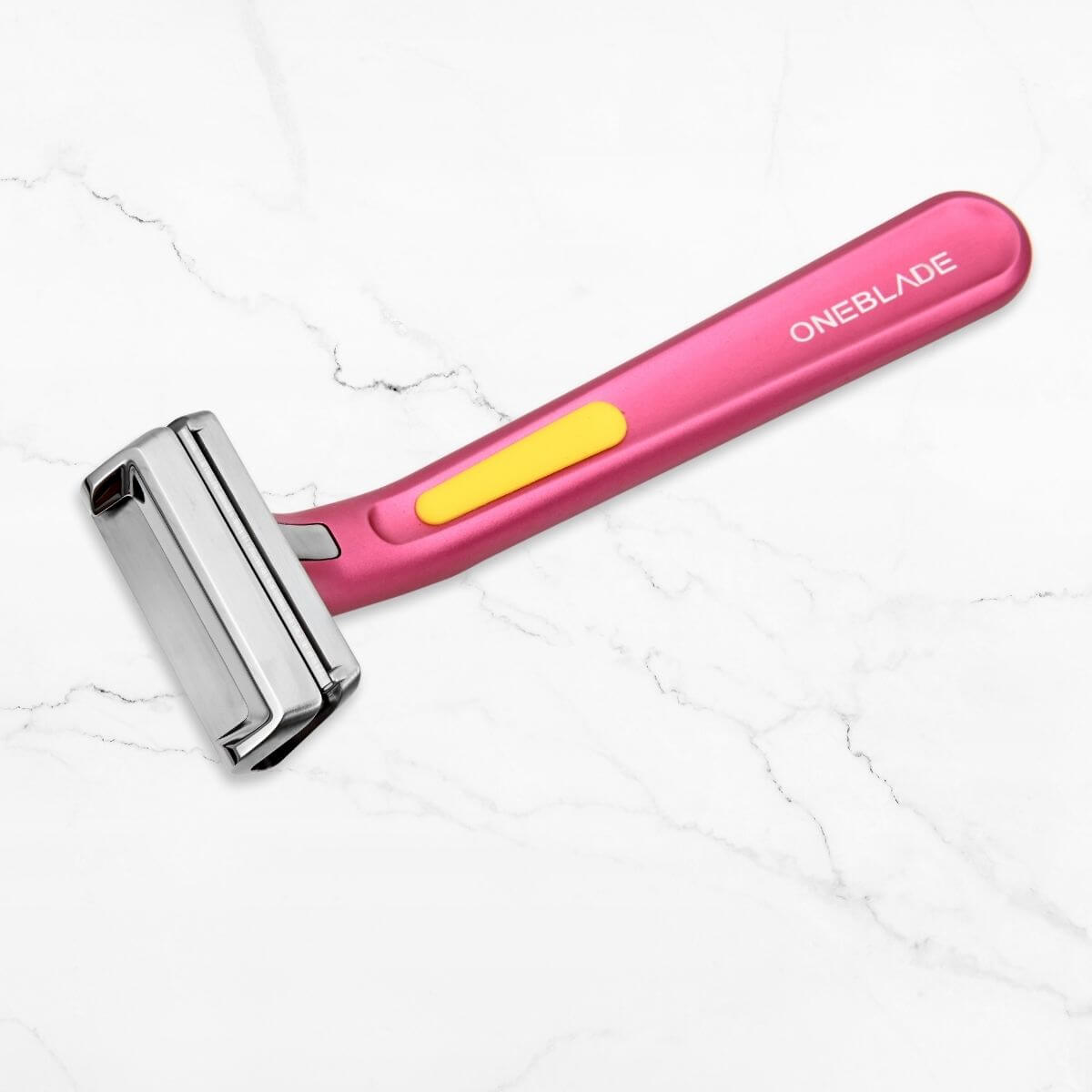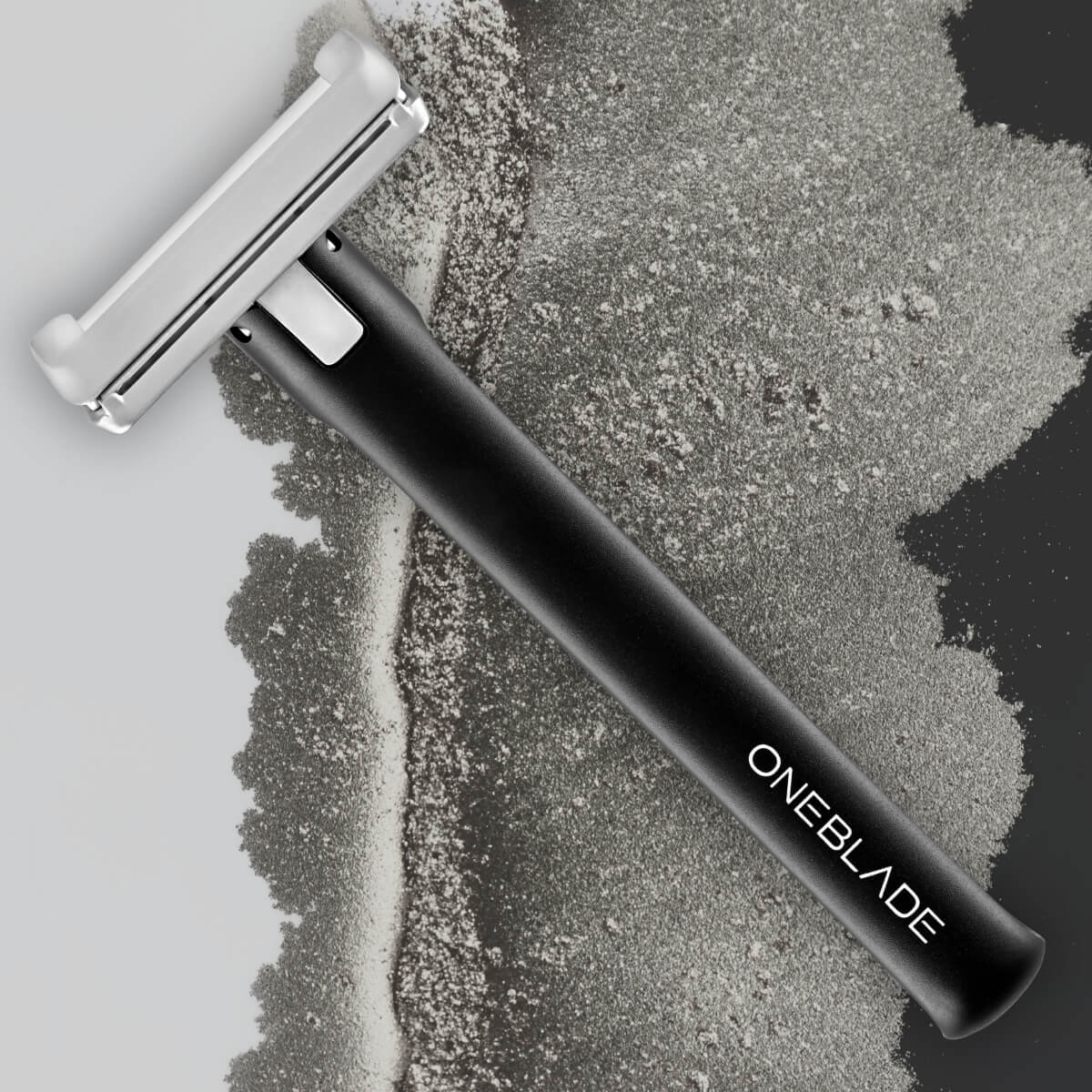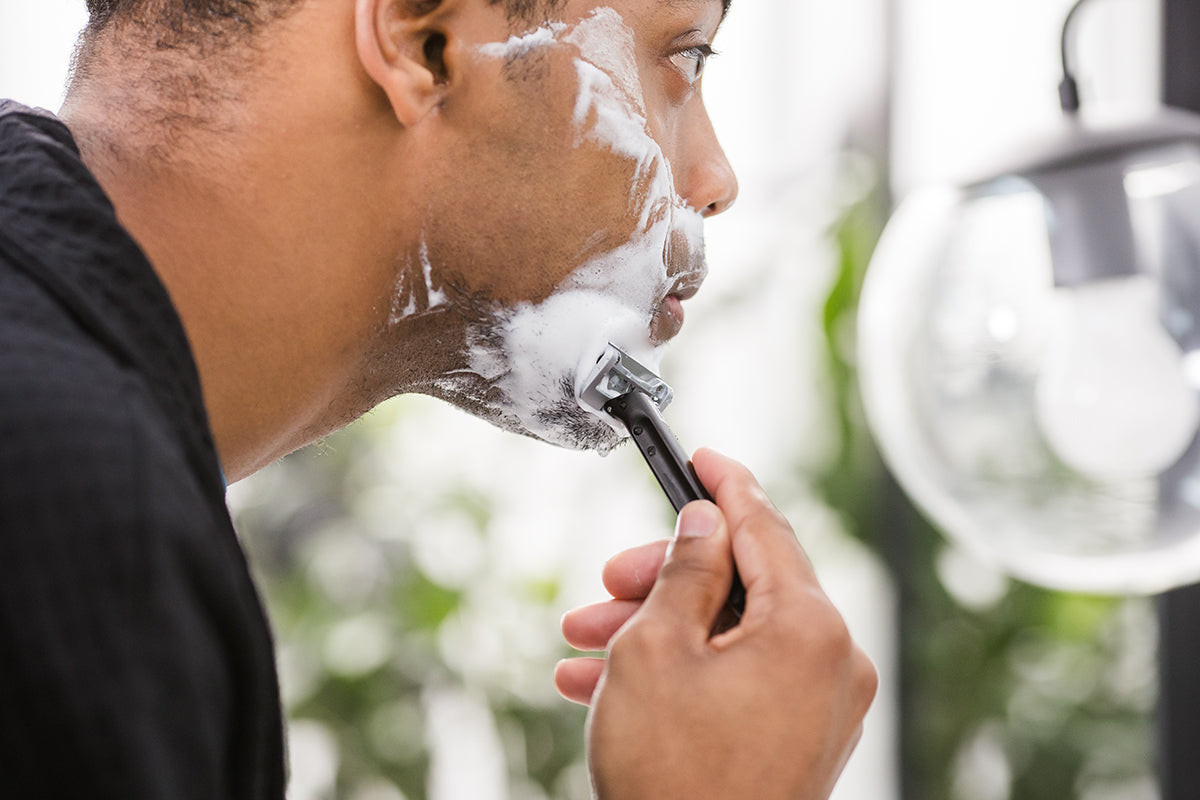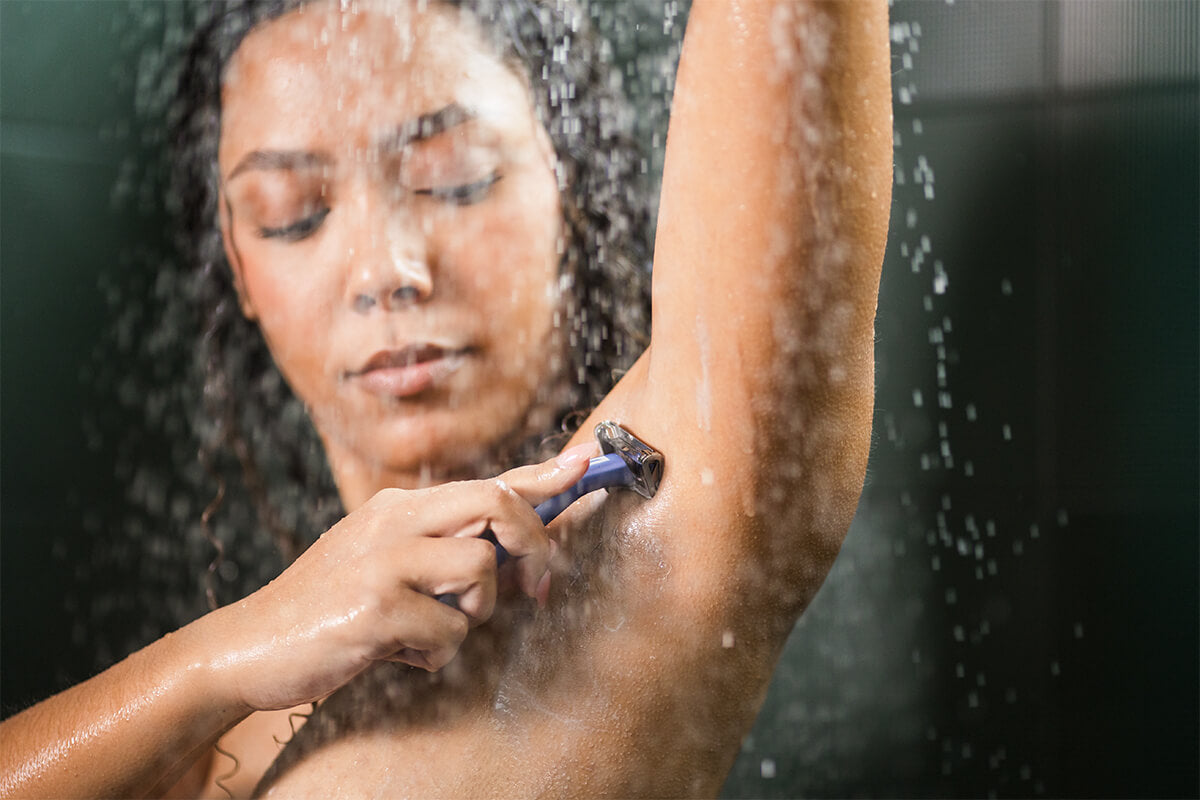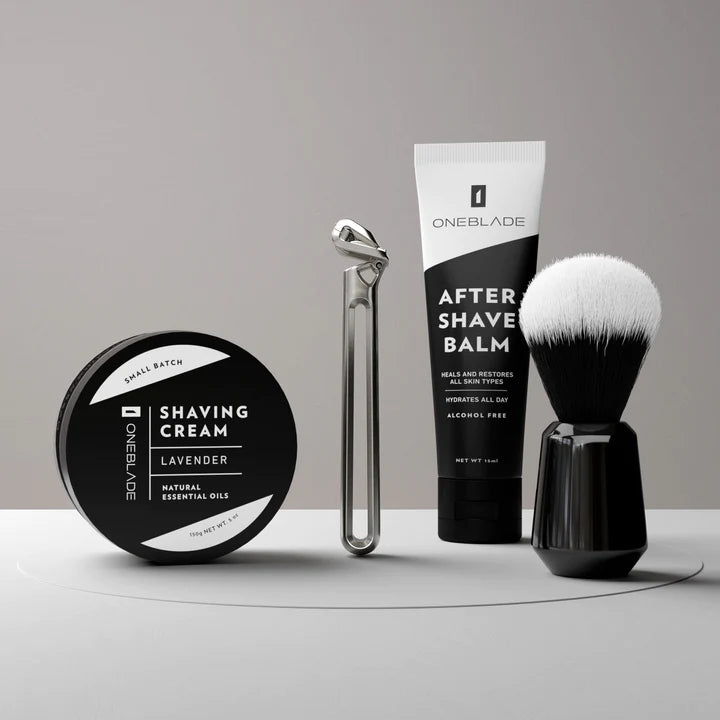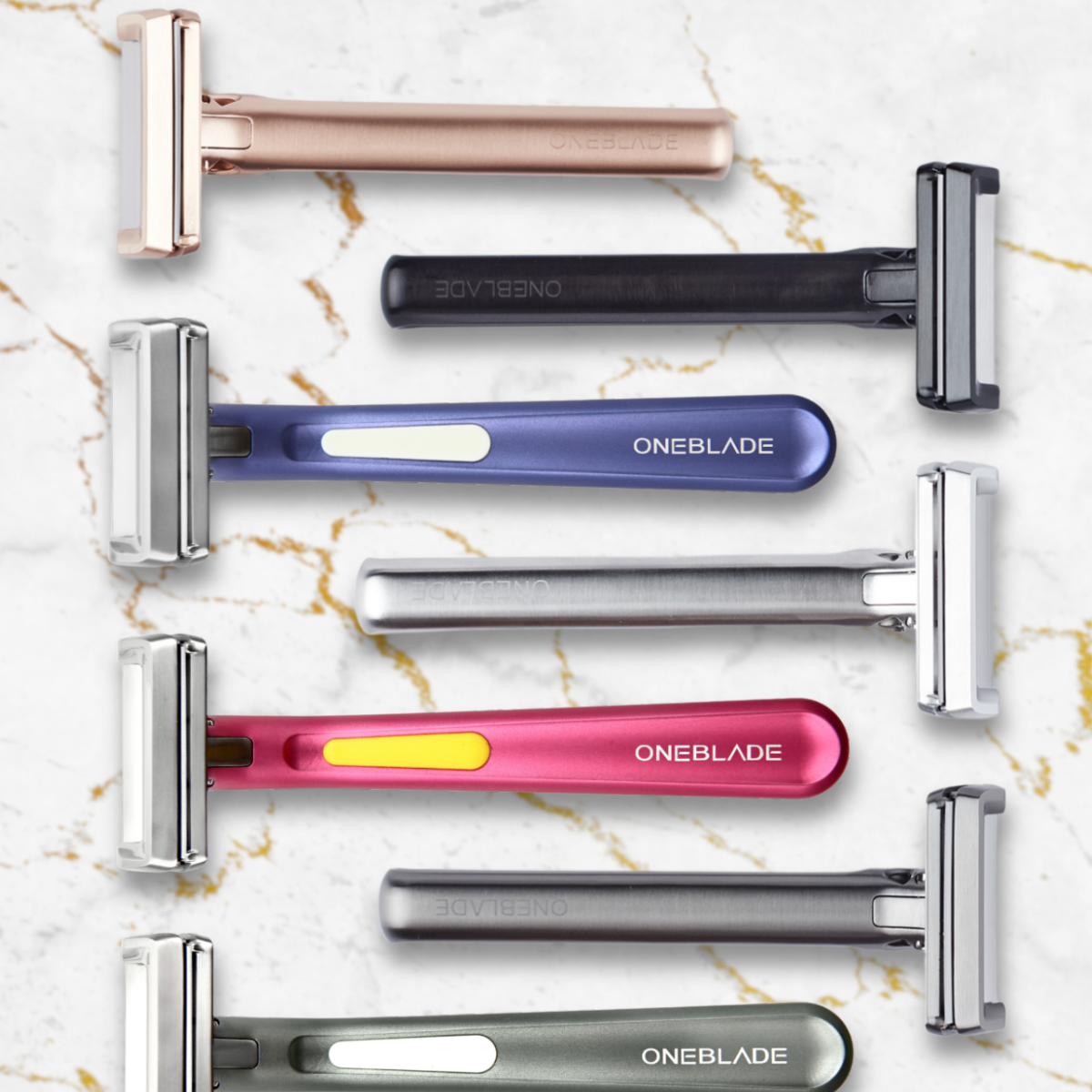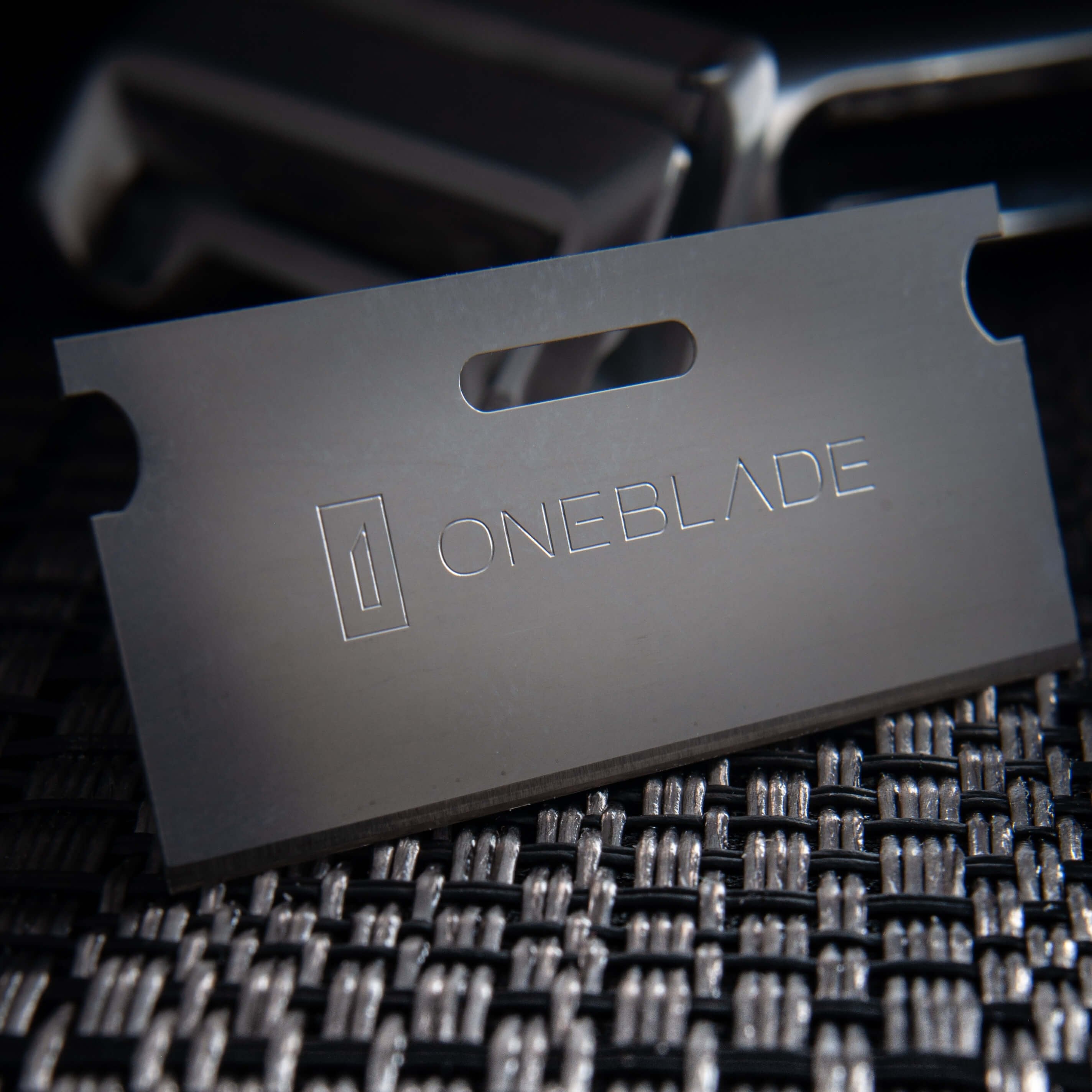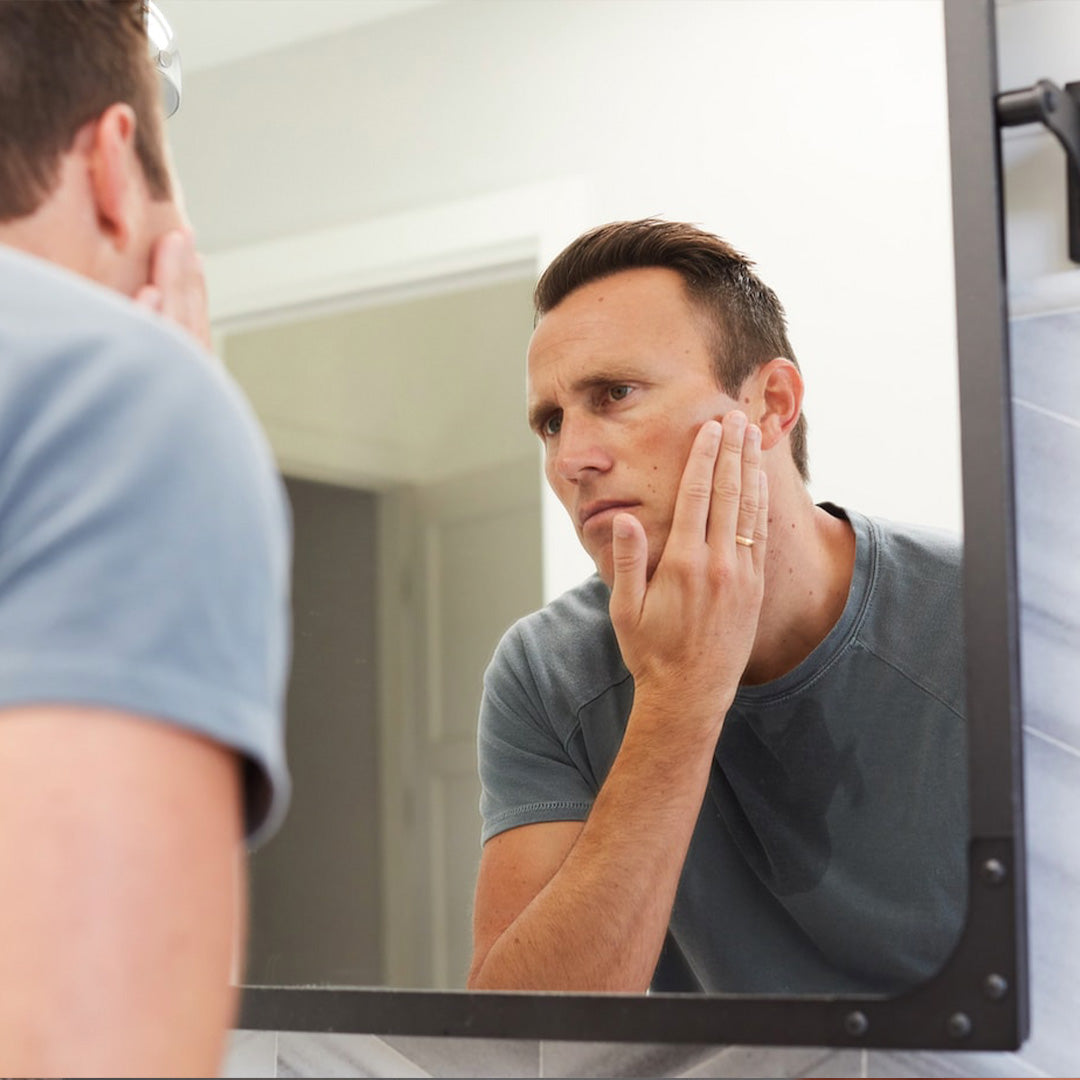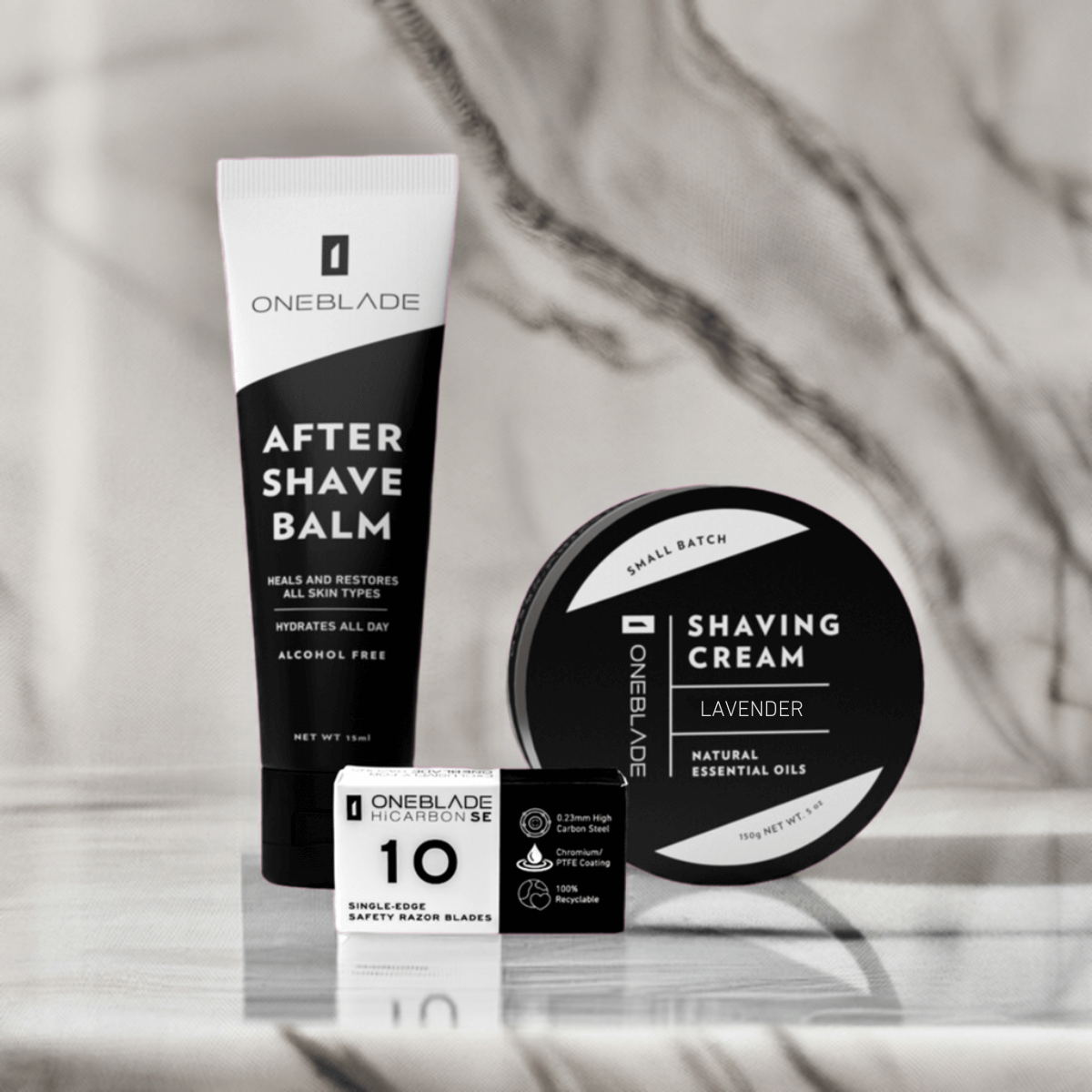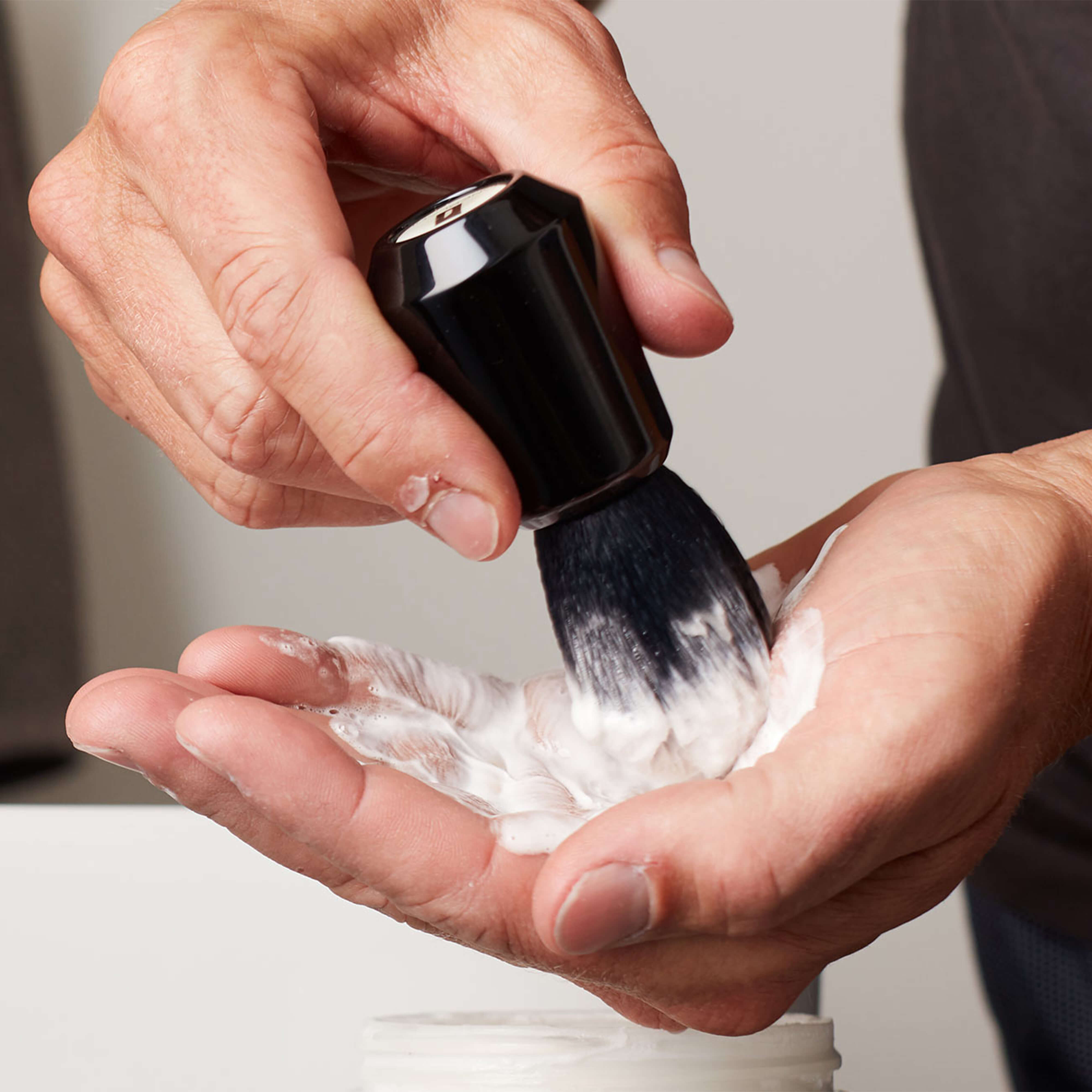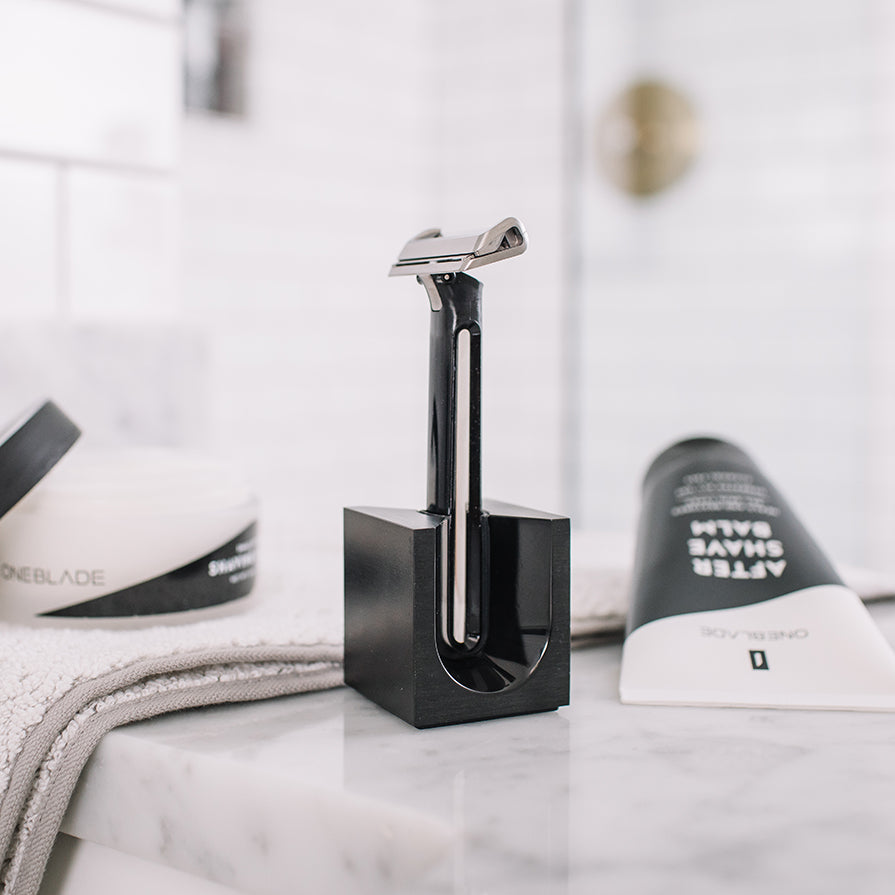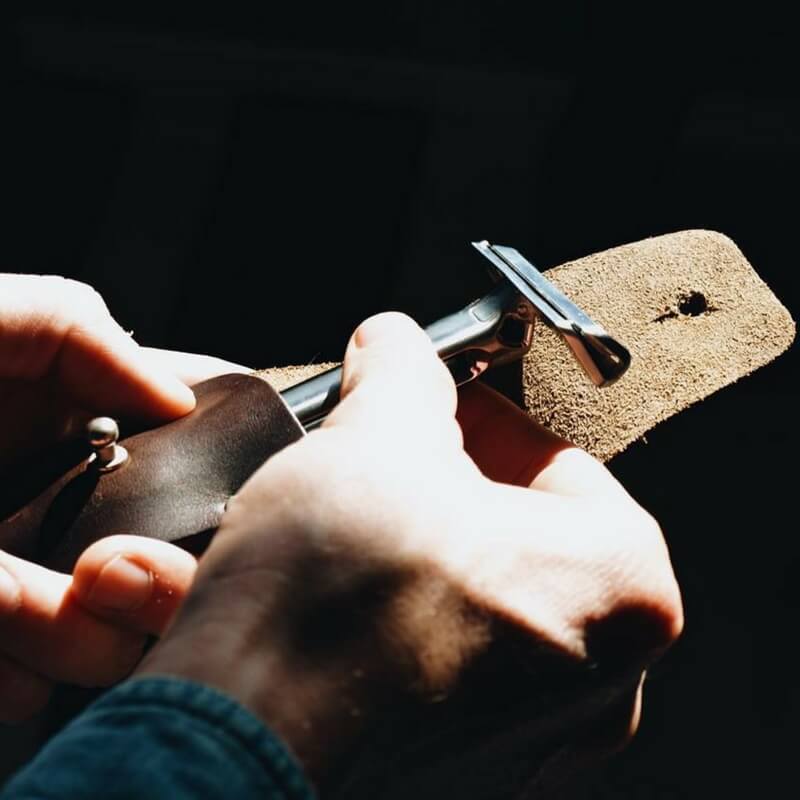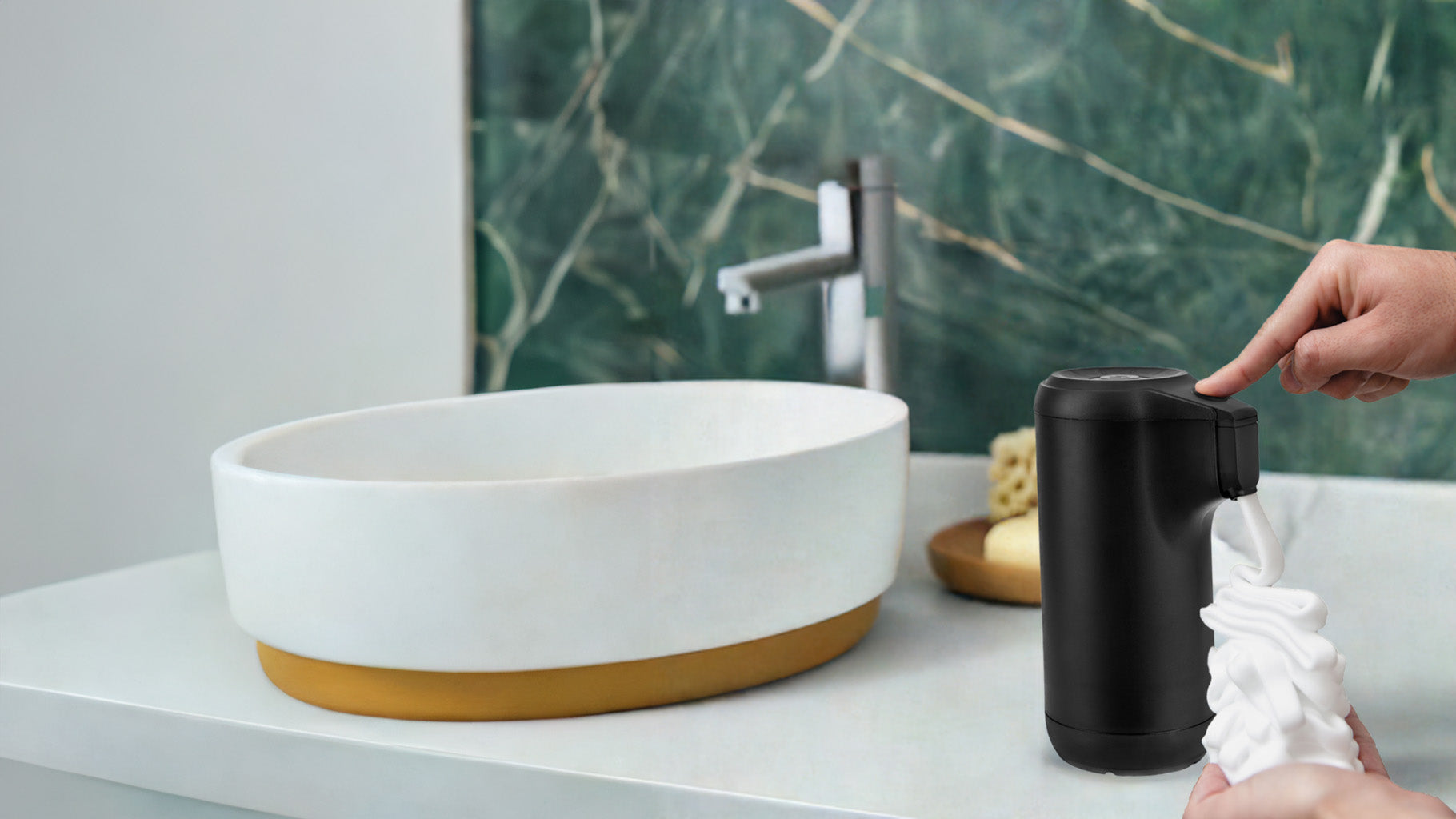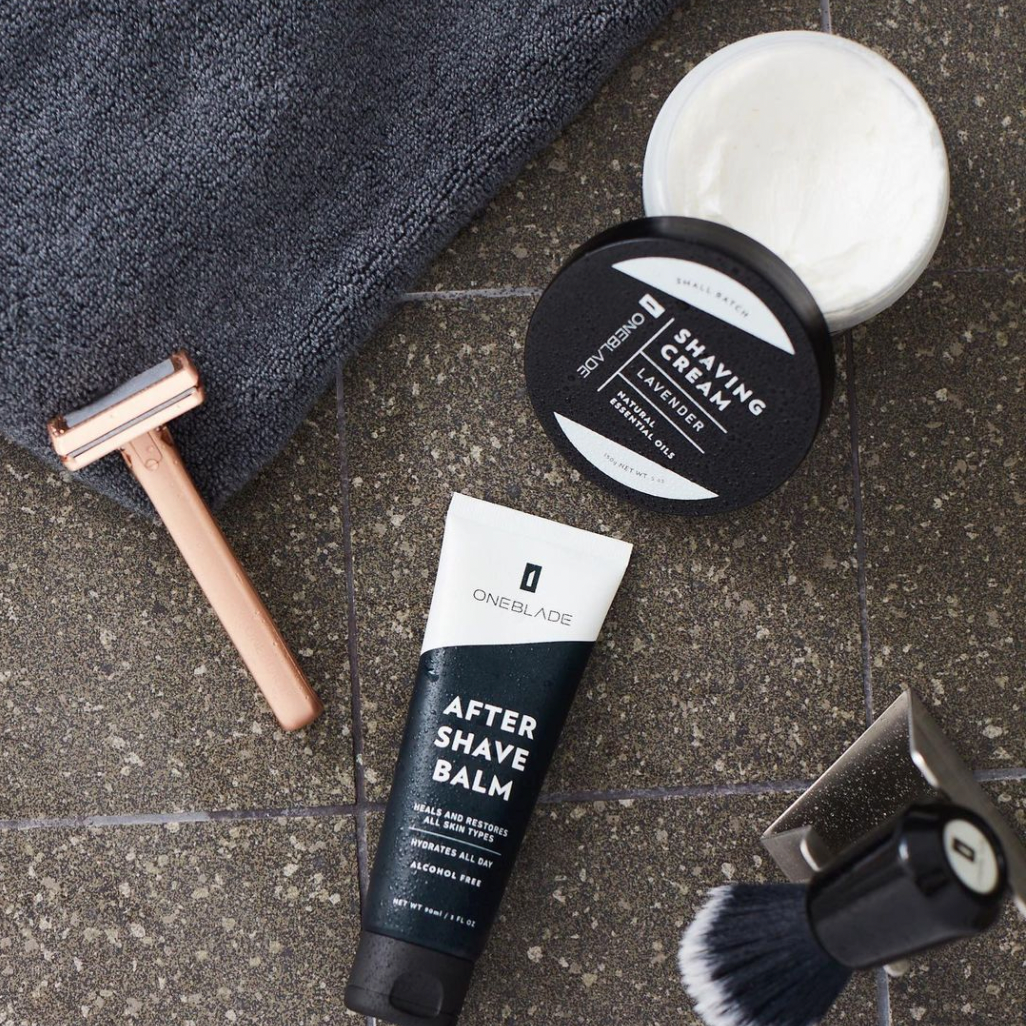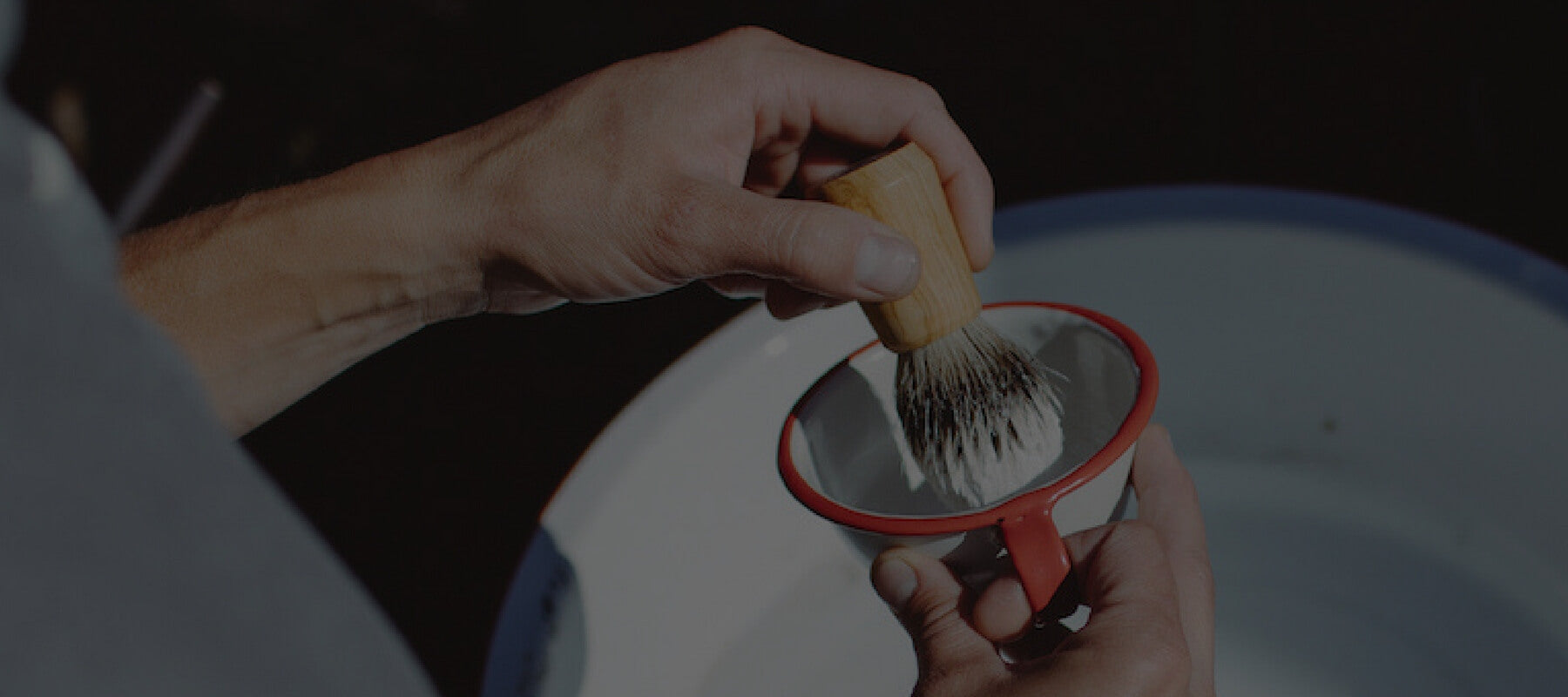When it comes to traditional shave routines and what often gets referred to as the “art of wet shaving”, it seems almost unanimous that shaving brushes are featured as a “must-have” inclusion if you really want to achieve an optimal, barbershop-quality shave. After all, your grandfather probably used a shaving brush… and so did his grandfather.
But are shaving brushes absolutely necessary for everyone? How do you navigate between the various types of brushes and what elements are most important to consider? How do you use them and — arguably more important — properly care for them? Since we get these questions sent in to us on a regular basis, we thought we’d spend some time covering each point in detail.

For Part 1 of this guide, we’ll be focusing on the benefits of shaving brushes along with the types and differences to look out for on the market. In Part 2, which we’ll follow up with later this week, we’ll dive into a step-by-step tutorial on how to properly use shaving brushes and then maintain them.
A Brief History on Shaving Brushes
Bristled shaving brushes can be traced back to more than 250 years in France, although they started gaining much more popularity in the 1800s, coinciding with the development of the folding-handle straight razor which made it much more practical for men to shave themselves instead of having to visit a professional barber. Since hard soaps were almost exclusively used, brushes were paramount for achieving a quality lather. And not too different than today, original shaving brushes varied greatly as the quality of brush hairs, knot tying expertise, and handles ranged considerably, coinciding with one’s own personality and affluence.
Advantages to Using a Shaving Cream Brush
When used correctly, a quality shaving brush will add several benefits to your shaving routine, ensuring a better all-around experience.
Incorporating a shaving brush into your shave ritual will:
- Help you generate a rich lather while only needing a small amount of shaving cream or soap
- Add heat to your lather and help open your pores if you allow your brush to soak in warm-hot water for several minutes prior to using, leading to a smoother shave
- Provide you with better overall control of moisture and heat during your shave
- Simultaneously lift the hair off your face and gently exfoliate your skin

Now, there are many differences in shaving brushes and, quite honestly, it’s difficult to pinpoint the “very best” because it ultimately comes down to personal preference and budget. But it’s important to understand sizing and bristle types when deciding for yourself.
Shaving Brush Sizing
Critical dimensions to keep in mind when evaluating a shaving brush include knot size, loft height, and overall height, which all typically get expressed in millimeters.
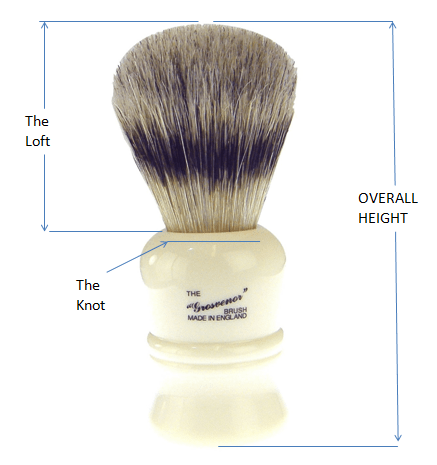
Shaving Brush Knot size
This measurement is referring to the amount of hair packed into the handle and gets measured at the point in which the bristles visibly emerge from the handle. Note that knot size can be a bit of a tricky measurement as hair can be packed very tightly or loosely. The average knot size is around 20mm, but higher end brushes and those often favored by shaving enthusiasts tend to be larger, upwards of 24-28+ mm.
Shaving Brush Loft Size
This measurement refers to the length of the actual bristles, measured from the base of the knot to the tip of the hair. Generally speaking, a shorter loft height will equate to greater “backbone” (how firm / dense the brush feels against your face), but may not hold significant amounts of lather. On the contrary, a larger loft height may feel a bit more pliable against the skin and hold more lather. The average loft height tends to be around 50mm.
The overall height of the brush is simply loft height + handle length. While handle length won’t necessarily impact latherability, it does play a role in overall ergonomics depending on if you prefer a shorter handle vs. larger handle. The average overall height of a brush tends to fall around 100mm or so.
Shaving Brush Bristle Types
Shaving brushes generally come in one of three types of bristle: boar hair, badger hair, and synthetic fiber (horse hair is also somewhat popular but we won’t dive into that category for the sake of this post).
Boar Hair Shaving Brushes
Boar hair brushes, often referred to as “pure bristle” or “natural bristle” brushes, are generally thought of as great starter brushes as they are typically very affordable and can be easily found at most drug stores and grocery outlets. Compared to badger and synthetic brushes, however, they tend to be much coarser prior to what can be a lengthy break-in period, and therefore are not quite as soft and comfortable against the skin. They also may require a bit more work to get a quality lather. So ultimately, you're getting what you're paying for here.
Advantages of boar hair brushes:
- Very affordable options
- Widely accessible at drug stores and grocery outlets
- Favorable water and heat retaining qualities
Disadvantages of boar hair brushes:
Typically very coarse/uncomfortable before a lengthy break-in period
- Can take more time / work to achieve quality lather
- Natural hairs make these more work to properly care for / maintain compared to synthetic brushes
Badger Hair Shaving Brushes
Badger hair brushes tend to be considered the best and most recommended by industry standards for their long history, natural bristle softness, durability, and great water/heat retaining qualities. Within the badger hair category of brushes, you’ll find different grades of hair. These grades denote quality. Higher-ranked hair grades are typically softer and feel more pleasing on the face. Additionally, while all brushes need to be soaked, the best, higher-grade badger shaving brushes require a much shorter soaking time, as they are much better at holding on to water and lather. The most recognized grades of badger hair (from highest to lowest quality) include Silvertip, Super, Best, and finally Pure.
Advantages of badger hair brushes:
- Range of grades (subtypes) available for all budgets
- Very soft and comfortable against the skin (even lowest grades)
- Superior water/heat retaining qualities
- Easy and quick lathering
Disadvantages of badger hair brushes:
Generally, more expensive than boar or synthetic brushes
- Natural hairs make these more work to properly care for / maintain compared to synthetic brushes
Synthetic Shaving Brushes
Last but certainly not least, synthetic brushes have been gaining momentum in the shave community over the past few years as a result of improvements to the production of synthetic fibers, which are often made from nylon or similar materials. These brushes tend to offer a terrific bang for the buck with overall performance and ease of maintenance… and if you’re looking for a product that’s vegan / animal-friendly, these are a perfect option for you.
Advantages of Synthetic Hair Brushes:
- Typically soft fibers / very comfortable against skin
- Very durable and low maintenance
- Cruelty-free / animal friendly
- Great bang for the buck
Disadvantages of Synthetic Hair Brushes:
- Can’t hold water/heat like natural hair brushes
- Can have slightly less backbone than natural hair brushes
And while not specific to a type of bristle but rather an overall brush category, it’s also worth mentioning travel brushes. These are specialty shaving brushes that can be stored in an enclosed, drainable (and breathable) container or case, making them great for storing in dopp kits and drawers.
So Which Shaving Brush is Right for You?
Again, as previously mentioned, this ultimately comes down to budget and personal preference. At OneBlade, we tend to favor badger and synthetic brushes for quality and ease of use. If maintenance and brush care aren't a concern for you, we highly recommend opting for a badger hair brush. If you're looking for lower overall maintenance with cleaning, make sure to check out our custom synthetic hair brush.
Available synthetic shaving brushes that we offer (below offered in two colors):
OneBlade 20mm Synthetic Brush, $40.00 — Shop Now
If you enjoyed this read, please make sure to look out for Part 2 of this guide which we'll be releasing later this week, covering in more detail the process of actually using shaving brushes and then caring for them. Of course, if you have any additional questions that we didn't answer in this post that's not technique or maintenance related, please don't hesitate to comment below or email us at hello@onebladeshave.com.

